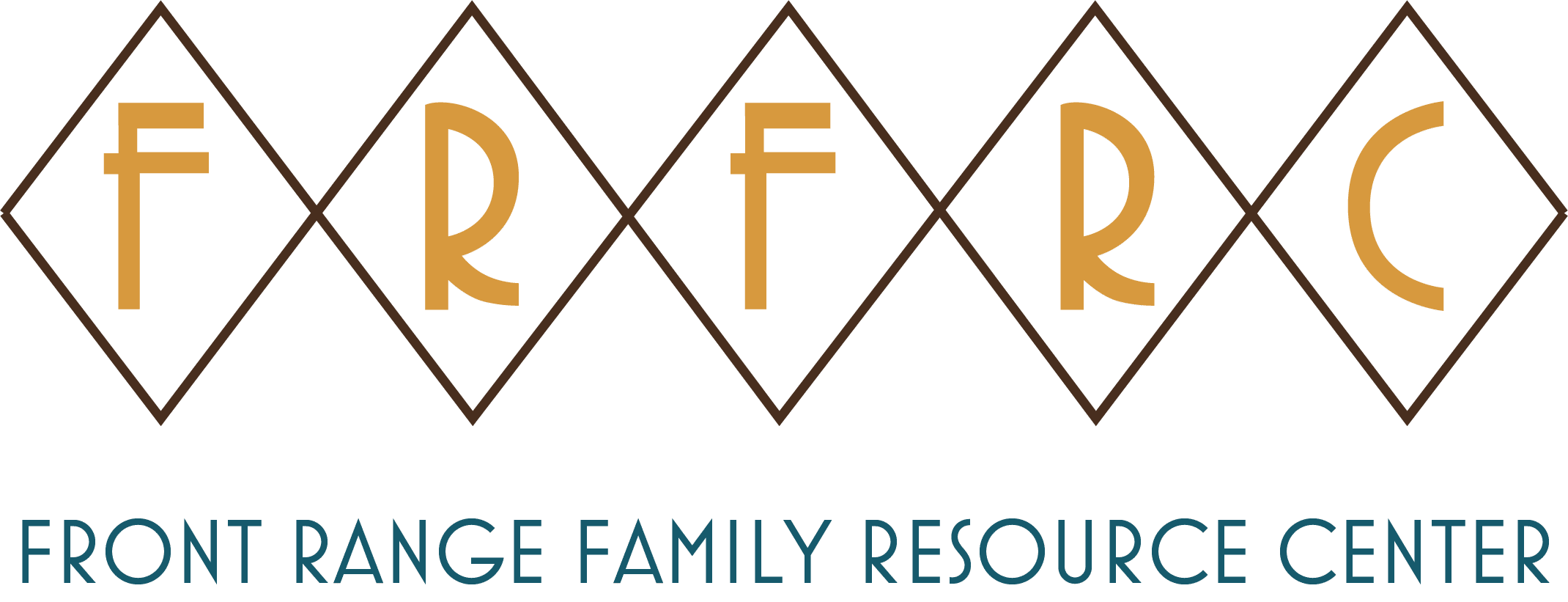Shedding Light on Seasonal Affective Disorder
As the days grow shorter and the temperatures drop, many people face a common but often misunderstood foe here in Wheat Ridge, Colorado: Seasonal Affective Disorder (SAD). This blog will delve into SAD, why it occurs, and, most importantly, explore practical solutions to help you beat the winter blues.
What is Seasonal Affective Disorder?
Seasonal Affective Disorder, aptly abbreviated as SAD, is a type of depression that follows a seasonal pattern. It often occurs during the fall and winter months when daylight becomes scarce. SAD can lead to many symptoms, including low energy, mood swings, and a profound sense of sadness. Understanding the problem is the first step toward finding a solution.
Shedding Light on the Causes
To address SAD, it’s crucial to understand its root causes. Reduced exposure to natural Light is a primary trigger. During the winter, we spend more time indoors, and the limited daylight can disrupt our circadian rhythms and affect the production of neurotransmitters like serotonin and melatonin, which regulate mood and sleep.

The Importance of Lifestyle Changes
Fortunately, there are several strategies to combat SAD and improve your mental well-being. Lifestyle changes are often the first line of defense:
1. Increase Sunlight Exposure: Try to spend time outdoors during daylight hours, even on cloudy days. Morning walks or simply sitting by a sunny window can help.
2. Regular Exercise: Physical activity is a natural mood lifter. Establishing a consistent exercise routine can alleviate SAD symptoms by releasing endorphins.
3. Balanced Diet: In addition to exercise, Incorporate foods rich in Omega-3 fatty acids, like fatty fish and flaxseeds, which have been shown to have mood-stabilizing effects.
4. Mindfulness and Meditation: Practicing mindfulness and meditation can reduce stress and improve overall mental health, which is especially beneficial for those with SAD.
Light Therapy as a Solution
One of the most effective treatments for SAD is light therapy, also known as phototherapy. This involves sitting in front of a specialized lightbox that emits bright, full-spectrum Light similar to natural sunlight. Regular lightbox use, especially in the morning, can help regulate your circadian rhythm and alleviate SAD symptoms.
Seeking Professional Help
For some individuals, SAD can be severe and persistent. In such cases, it’s crucial to seek professional help. Therapists and psychiatrists can provide counseling, prescribe medication if necessary, and tailor treatment plans to your specific needs.
Embracing the Power of Social Connections
It’s easy to isolate oneself during the winter months, exacerbating SAD symptoms. Maintaining social connections is vital for mental health. Reach out to friends and family, participate in group activities, and consider joining support groups for individuals with SAD.
Conquering SAD, One Day at a Time
Seasonal Affective Disorder may cast a shadow over your winter months, but it doesn’t have to define your entire season. By understanding the problem, implementing lifestyle changes, seeking professional help, and incorporating light therapy, you can take significant steps toward beating the winter blues. Remember, you can embrace the season with a brighter, more positive outlook.
Contact us today to schedule an appointment to get ahead of the wintertime blues. Our psychotherapists are proficient in helping create effective goals to combat SAD.
Jeremy R. Allen, LPC
Clinical Director
Front Range Family Resource Center
